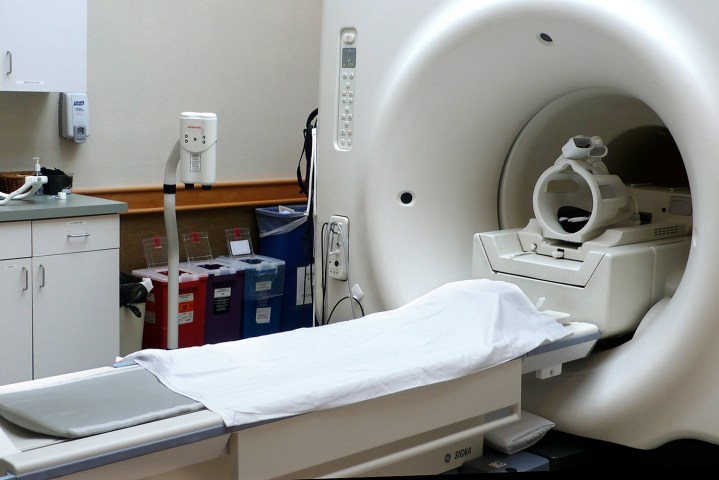
More dynamic brains with more interactive regions correlate with higher IQs and creativity in their subjects, according to research by Warwick’s Professor Jianfeng Feng, who published a paper in the Oxford University journal Brain.
Feng analyzed resting-state MRI scans of thousands of people’s brains, which showed that brain regions associated intelligence – such as learning and development — are relatively variable. In other words, they change their neural connections more often than regions that are less associated with intelligence — such as control of visual, auditory, and sensory-motor functions.
By deciphering how brain regions interact with each other at various times, a team led by Feng hopes to unravel intelligence with data that may assist advancements in artificial intelligence and mental health.
Today’s AI systems are relatively inflexible compared the human brain, which many of the most prevalent systems — such as neural networks — are modeled off of. Through his research, Feng hopes to inform AI development by further connecting the qualities of variability and adaptability to intelligence.
Mental health issues such as schizophrenia, autism, and Attention Deficit Hyperactivity Disorder (ADHD) have also been correlated to altered states of variability in brain networks, according to Feng’s research. He and his team hope to provide the basis for future treatment and prevention of these diseases. The group has big ambitions and there’s still plenty of work to be done, but Feng credits much of his research to recent advancements in imaging technologies.
“Human intelligence is a widely and hotly debated topic and only recently have advanced brain imaging techniques, such as those used in our current study, given us the opportunity to gain sufficient insights to resolve this and inform developments in artificial intelligence, as well as help establish the basis for understanding and diagnosis of debilitating human mental disorders such as schizophrenia and depression,” Feng said in a Warwick news release.
Editors' Recommendations
- A.I. can tell if you’re a good surgeon just by scanning your brain
- Mind-reading A.I. analyzes your brain waves to guess what video you’re watching
- New cardiology A.I. knows if you’ll die soon. Doctors can’t explain how it works
- FaceApp says it won’t hold on to your face photos. Should you trust it?


